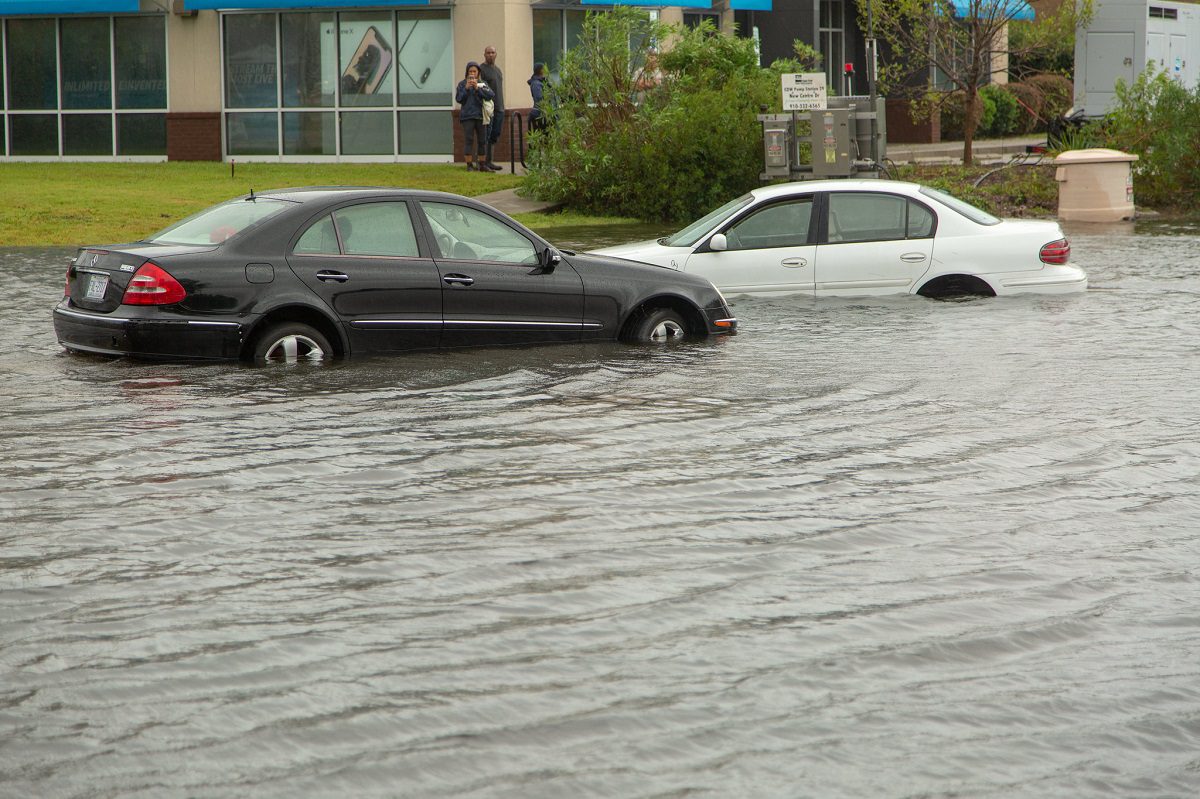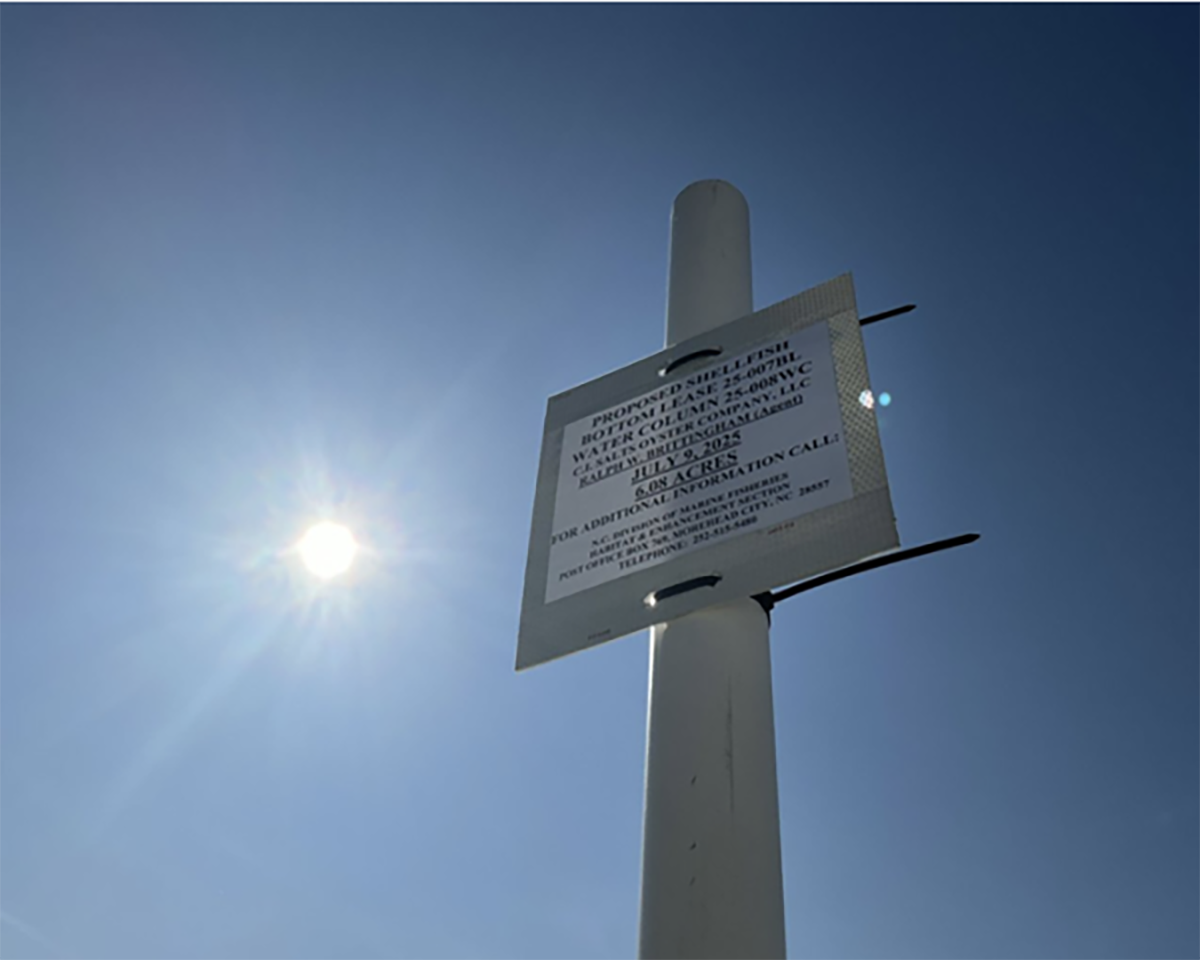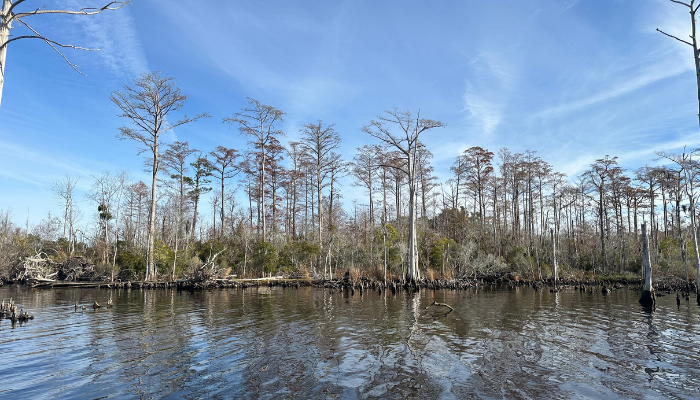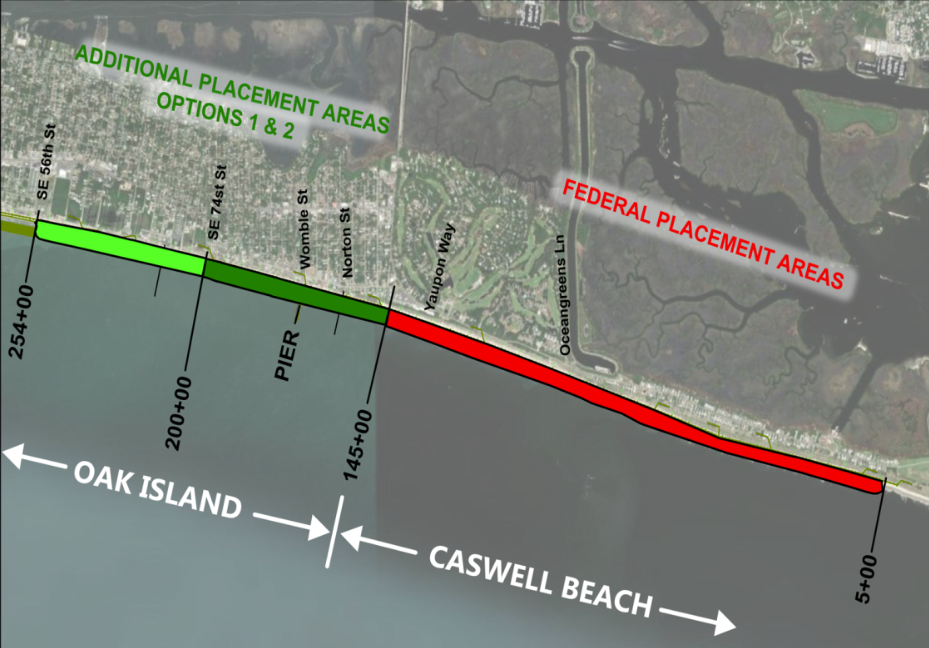OCEAN ISLE BEACH – With the final adoption of amendments to sandbag rules during the November Coastal Resources Commission meeting, some difficulties should be eased for waterfront property owners and Division of Coastal Management staff.
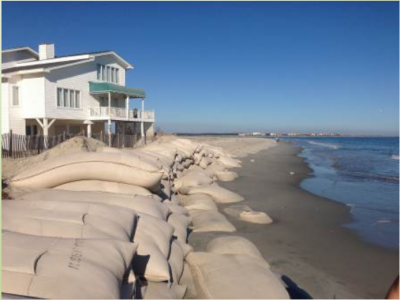
The CRC proposed changing the rules to comply with a 2015 legislative mandate related to the management of temporary erosion control structures, or sandbags, along oceanfront and estuarine shorelines, as well as include changes recommended by the CRC, Coastal Resources Advisory Council and local and government agencies, according to the fiscal analysis of the changes.
Supporter Spotlight
“The amendments will provide uniformity in administration of sandbag rules while still serving to protect life and property from the hazardous forces indigenous to the Atlantic shoreline,” according to the analysis.
Mike Lopazanski, policy and planning section chief with the Division of Coastal Management, said, “After much discussion and trying to incorporate the wishes of the general assembly, the CRAC, the CRC, stakeholders, we’ve come to the proposed amendments for the implementation of sandbags as temporary erosion control.”
He explained that the main points to the amendments included removing the distinction between structures greater or less than 5,000 square feet. “The eight-year time limit, which stays the same, is going to apply to all structures.”
He explained that if the structure was 5,000 square feet or greater, the time limit was eight years, and if less than 5,000 square feet, it was a five-year limit, but now it’s an eight-year time limit for all structures.
“Another significant change is removing the ‘vegetated’ requirement for sandbag structures to remain beyond their permitted time when covered by sand,” he said. “This is always somewhat problematic, in that if your sandbags were covered by sand and vegetation, they could remain in place even though the permit had expired and the time limit had expired.”
Supporter Spotlight
Lopazanski said that they’re removing the vegetative requirement and focusing on the sandbags being covered, which was one of the major changes to implementing temporary erosion control structures.
“And when it comes to sandbags being covered, we’re only going to worry about sandbags that are uncovered above grade,” he said, explaining that if there are sandbags in front of a structure, and the permit has expired and reached the end of the eight-year time limit, only bags that are exposed above grade need to be removed. “So we won’t be digging up the beach; it will be pretty obvious when action needs to be taken and it will be a little bit easier for the property owner. If they can keep their bags covered, they can keep their bags.”
The no-longer necessary provision when it comes to removal of sandbags in connection with an approaching beach re-nourishment project has been modified as well.
“Prior to these changes, sandbags needed to come out before the beach nourishment project would end,” he said, explaining that now only sandbags exposed above grade after completion of the project would need to be removed. “It makes it a little bit more practical for us to implement that part of the rule.”
The changes also clarify that a structure determined to be imminently threatened upon the expiration date of permitted temporary erosion control structures may be permitted to remain in place for an additional eight years, he said.
“So basically if you have sandbags in front of a structure and eight years have elapsed, but there’s a beach nourishment project or inlet relocation project, or stabilization project, terminal groin, (then) sandbags can remain in place for an additional eight years,” he said, adding that the rule was clarified with this amendments.
In response to the legislative request, “temporary erosion control structures, sandbag structures, can be extended beyond the protected structure.”
Before these changes, sandbag structures could be 20 feet wide and 6 feet high and only extend 20 feet past the sides of the structure. “Now we’re going to allow it to go from lot line to lot line. This was to address some problems we had where there were long stretches of structure needing sandbags and we would have a gap either because the property owner decided to do nothing or only the structure itself is being protected with sandbags in front of it, it created a little weakness in the sandbag wall.”



